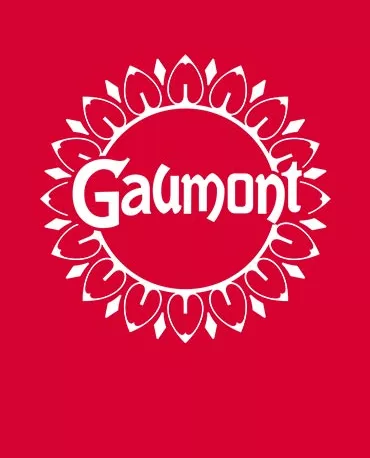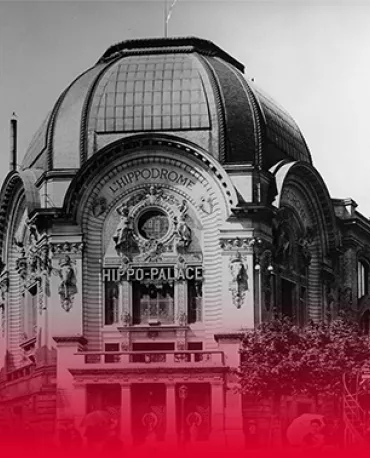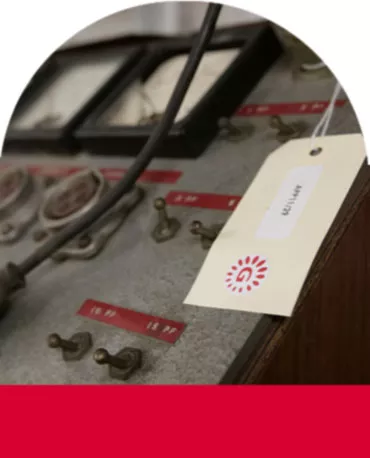LÉON
GAUMONT
Born in Paris in 1864, his father a coachman and his mother a housekeeper, Léon Gaumont was a bright student of the Collège Sainte-Barbe in Paris. Finishing top of his class in the sciences, Gaumont thought he could go to an engineering school.
Unfortunately, his parents couldn't afford the cost of his studies, so he left school and became an apprentice at 16 years old, dedicating his free time to learning.
After being noticed for his work displayed at the Trocadero Observatory, he was employed in 1881 as a secretary for the binocular manufacturer Jules Carpentier, where he stayed for about ten years.
In 1888, he married Camille Maillard, whose dowry included a small plot on Rue des Alouettes near Buttes Chaumont, the future starting point of an entire empire…
" The image must be animated
with sound, color and relief
couleur et en relief "


1895
In 1895, he acquired the Comptoir Général de Photographie—where he was already an employee and proxyholder—, creating the company L. Gaumont et Cie. with the help of three named sponsors: Gustave Eiffel, designer of the Tower, Alfred Besnier, a stockbroker, and Joseph Vallot, director of the Mont Blanc Observatory. His aim was to develop and diversify the early work of lenses and photography, constantly perfecting the range of his equipment.
That same year, 1895,
the Lumière brothers presented their Cinématographe…
Léon Gaumont, who at 17 years old wrote in his notebooks "the image must be animated, with sound, color and relief", immediately saw the power and potential of this invention and decided to devote himself to projection techniques.
In 1895, Léon Gaumont created
L. Gaumont & Cie.

Léon Gaumont decided
to devote himself
to projection techniques
In December 1906,
the first Gaumont theater opened in Paris.
In December 1906, he began making a name for himself in public film distribution,
opening the first Gaumont theater in Paris.
Bit by bit, the Société des Établissements Gaumont began joining the entire film industry together,
from the manufacture of projection equipment to public film screenings.
Léon Gaumont never hesitated to support trailblazers like Émile Cohl (the father of animated cartoons) and later, Marcel L'Herbier (El Dorado, 1921).


Honored and respected (an Officer of the Legion of Honor, the highest French order of merit), he retired to Sainte-Maxime at 66 years old, where he devoted himself to his passion for sailing. He built a boat named the Elgé, where he hosted friends including fellow retiree Louis Lumière.
It was here he passed away on August 9, 1946.


